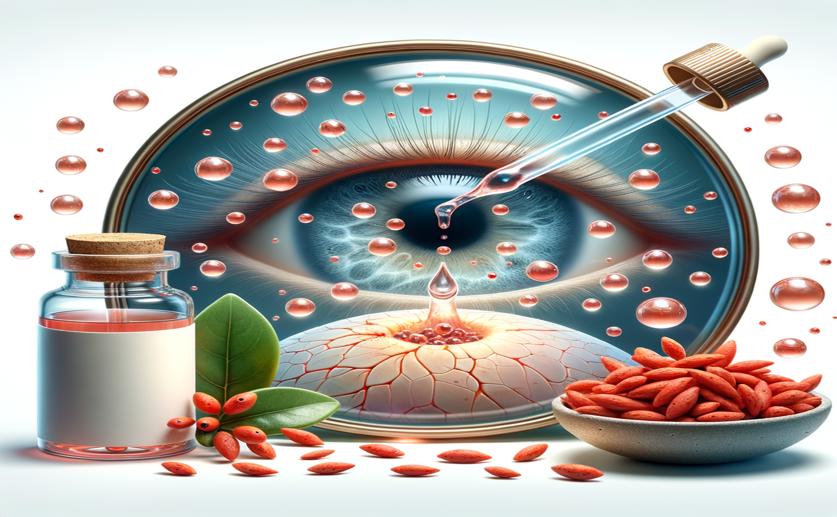
Cell Spray and Goji Berry Extract Help Heal Eye Surface Injuries
Greg Howard
16th May, 2024

Image Source: Natural Science News, 2024
Key Findings
- A study by Jinan University developed a cell spray treatment for corneal epithelial injuries
- The treatment uses optimized printing conditions to maintain cell viability and phenotype
- Adding Lycium barbarum glycopeptide (LBGP) enhances cell growth and prevents cell death
- The combined treatment rapidly constructs multilayered cell sheets and speeds up corneal healing in rats
References
Main Study
1) Cell Spray Printing Combined with Lycium Barbarum Glycopeptide Promotes Repair of Corneal Epithelial Injury.
Published 13th May, 2024
https://doi.org/10.1016/j.exer.2024.109928
Related Studies
2) Cell jamming, stratification and p63 expression in cultivated human corneal epithelial cell sheets.
3) Use of anti-aging herbal medicine, Lycium barbarum, against aging-associated diseases. What do we know so far?
Journal: Cellular and molecular neurobiology, Issue: Vol 28, Issue 5, Aug 2008
4) Cell-laden and orthogonal-multilayer tissue-engineered corneal stroma induced by a mechanical collagen microenvironment and transplantation in a rabbit model.



 4th April, 2024 | Jim Crocker
4th April, 2024 | Jim Crocker